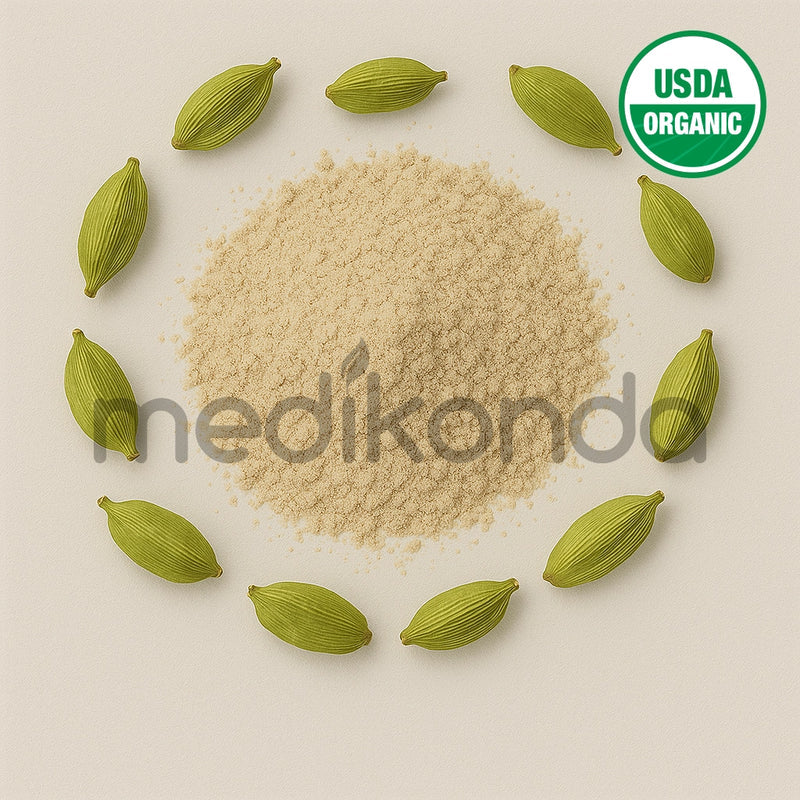Add description, images, menus and links to your mega menu
A column with no settings can be used as a spacer
Link to your collections, sales and even external links
Add up to five columns
Add description, images, menus and links to your mega menu
A column with no settings can be used as a spacer
Link to your collections, sales and even external links
Add up to five columns
LOOKING FOR BULK INGREDIENTS PRICING?
GET INSTANT QUOTEwhat ingredient are you looking for?

Benefits of Dextranase - Wholesale B2B Bulk Suppliers in Australia and New Zealand
Dextranase: The Powerful Enzyme for Breaking Down Dextran
What is Dextranase?
Dextranase is a specialized enzymatic protein that hydrolyzes dextran, a complex polysaccharide made of glucose units. Dextran is often formed by bacteria (like Streptococcus mutans) and can accumulate in the oral cavity, industrial sugar solutions, and biofilms. Dextranase works by breaking the α-1,6 glycosidic linkages in dextran chains, converting them into smaller sugars such as glucose or isomaltose.
This enzyme has wide-ranging applications in dentistry, sugar processing, and biotechnology, and plays an important role in oral hygiene products and industrial purification processes.
How Dextranase Works
Dextranase belongs to the glycoside hydrolase family, and its primary function is to:
-
Target the α-1,6 bonds in dextran molecules
-
Cleave the long dextran chains into smaller, soluble sugars
-
Reduce viscosity and eliminate unwanted buildup
It is commonly derived from microbial sources such as Penicillium, Chaetomium, or Bacillus species.
Applications of Dextranase
1. Oral Care and Dentistry
Dextran is a major component of dental plaque, a sticky biofilm created by bacteria on teeth. Dextranase helps:
-
Break down plaque biofilms
-
Prevent tooth decay and gum disease
-
Reduce oral bacterial load
-
Improve effectiveness of toothpastes and mouthwashes
Many anti-cavity dental products now incorporate dextranase for its ability to combat microbial buildup.
2. Sugar Industry
In sugarcane and beet processing, dextran can be a serious contaminant, leading to:
-
Increased viscosity in juice
-
Blocked filters
-
Reduced sugar yield
-
Decreased product quality
Dextranase is added to clarify sugar juice by:
-
Breaking down unwanted dextran
-
Improving flow and filtration
-
Increasing overall sugar recovery
3. Biotechnology and Pharmaceuticals
Dextranase is used in labs and industries to:
-
Prepare low-molecular-weight dextran for drug delivery systems
-
Clean dextran-coated equipment or filters
-
Enhance the efficiency of bioreactors
4. Biofilm Control
In medical and industrial settings, bacterial biofilms rich in dextran can form on:
-
Medical devices
-
Pipes and water systems
-
Food and beverage processing equipment
Dextranase is employed as part of biofilm treatment solutions to maintain hygiene and functionality.
Benefits of Using Dextranase
-
Improves sugar purity and yield in sugar processing
-
Reduces plaque and bacterial buildup in oral care
-
Enhances enzyme-based cleaning in medical and industrial systems
-
Biodegradable and eco-friendly, with minimal environmental impact
-
Supports better filtration, flow, and productivity
Safety and Stability
Dextranase is generally regarded as safe (GRAS) when used in food or personal care products. However, its enzymatic activity can be influenced by:
-
pH levels (optimal around pH 5.0–6.0)
-
Temperature (typically active between 30°C–60°C)
-
Presence of inhibitors or detergents
Stability is maintained best under recommended storage and usage conditions.
Final Thoughts
Dextranase is a highly effective enzyme with significant benefits in both healthcare and industrial applications. From reducing dental plaque to improving sugar purification and managing biofilms, dextranase delivers powerful performance through a natural, enzymatic approach. As industries continue to adopt more eco-conscious and biologically driven solutions, dextranase stands out as a versatile and essential biocatalyst.
For bulk orders and inquiries, visit Medikonda Nutrients - Dextranase
Medikonda Nutrients is the Largest Manufacturer, B2B Bulk Wholesale Supplier of Dextranase in Australia and New Zealand.
Also in Medikonda: Health & Wellness
SUBSCRIBE NOW ...
Don't miss to get latest updates on sales, new releases and promotions




